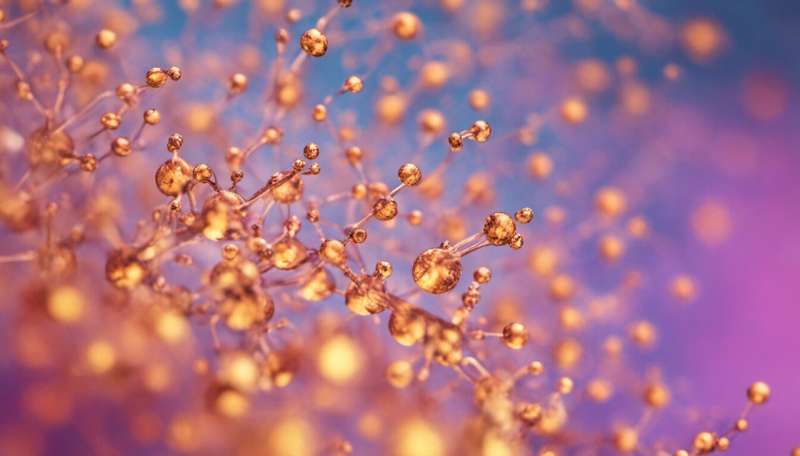Phosphorus-based ligand facilitates palladium-catalyzed complex molecules

The scope and productivity of an essential palladium-catalyzed coupling reaction that generates complex molecules has been improved thanks to A*STAR research that uses low-reactivity materials.
The Mizoroki–Heck reaction is a cross-coupling reaction that links an aromatic compound bearing a halide functional group to a molecule containing an olefin by their carbon atoms. The reaction preserves the double bond, making it attractive for synthesizing substances such as natural products, organic materials and pharmaceuticals. The need for highly reactive starting materials, however, reduces both its effectiveness and application.
The catalytic efficiency of cross-coupling reactions typically depends on the activation of the bond between the aromatic carbon and halide atoms. "The increased electron-richness of the aromatic ring generally strengthens this bond, making it more difficult to activate," explains project leader Howard Jong from A*STAR's Institute of Chemical and Engineering Sciences.
Furthermore, electron-rich aromatic rings often contain other atoms such as nitrogen, oxygen and sulfur that can coordinate to the catalyst and poison it. Similarly, unactivated olefins can hinder cross-coupling, leading to the need for higher-performance catalysts.
Howard Jong, along with Daniel Tay from A*STAR's Singapore Bioimaging Consortium and their co-workers, has now designed a protocol that facilitates the Mizoroki–Heck reaction of low-reactivity starting materials. At the heart of this protocol is a palladium catalyst incorporating a meta-terarylphosphine ligand, which consists of a phosphorus atom functionalized by three interconnected aromatic rings.
The catalyst had previously shown outstanding performance in a related reaction, which inspired the team to assess its catalytic activity for the Mizoroki–Heck reaction. By exploiting advanced high-throughput screening methods, the researchers obtained a breakthrough. "Each application has its unique challenges and we were delighted to be able to achieve excellent results," says Jong.
The researchers discovered that their catalyst could produce a precursor of the drug eletriptan very efficiently, outperforming the current reference catalyst used in manufacturing. Also, the ligand promoted the cross-coupling of an unprecedented number of low-reactivity building blocks through the same protocol. "The performance of the palladium catalyst depends heavily on the ligand, which effectively balances structural and electronic properties to prolong the catalyst's active lifetime and accommodate a broader range of substrates," explains Jong.
The team is further developing their system, which is now commercially available. "We are also interested in leveraging the catalyst's ability to combine various cross-coupling applications to prepare industrially valuable products in a more efficient and streamlined fashion," says Jong.
More information: "Palladium-meta-terarylphosphine catalyst for the Mizoroki−Heck reaction of (hetero)aryl bromides and functional olefins." The Journal of Organic Chemistry 80, 4054–4063 (2015). DOI: 10.1021/acs.joc.5b00386




















